Top 15 Essential Tips for Getting Started with Substack!
- By
- Last updated:
- Leave your thoughts
Substack has become the new darling of blogging platforms. And with all platforms where creators seek to woo an audience into supporting them, there are ways and best practices — and a barrel full of luck! — to succeed. And Substack is no different.
We give advice on everything from whether to niche down and think like SEO (to understand your audience’s wants), to the use of other platforms to build your email list for exporting to Substack.
So here are some tips and advice on getting started on Substack and running a successful publication.
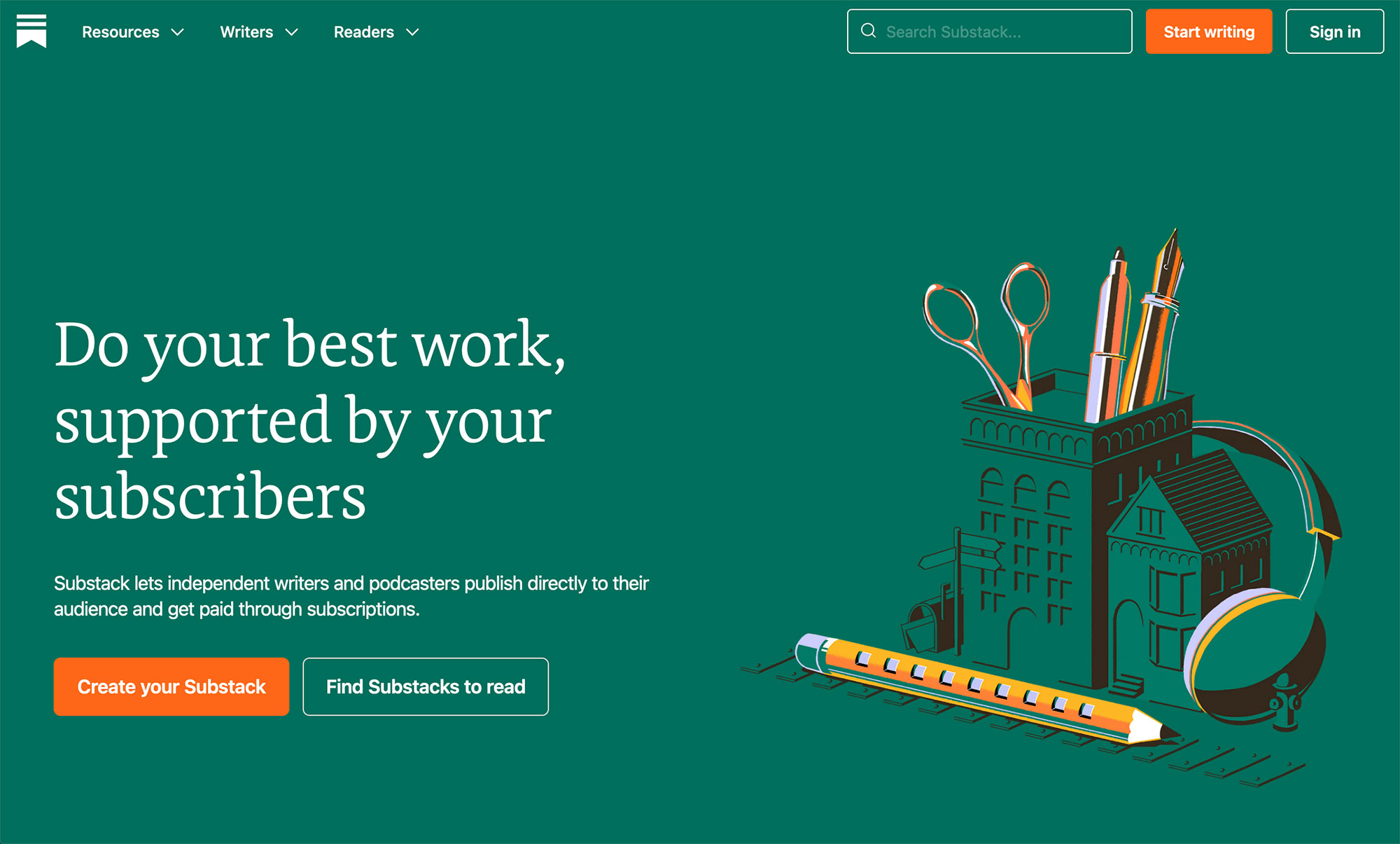
1. Defining your Niche
I like to write on various topics so limiting myself and niching down is tricky for me. However, unless you’re already a name on the internet or known out there in the meat world, it’s going to be difficult to build an audience on Substack without a niche. Not impossible — but pretty hard. Aside from those searching out the famous, people are looking for specific information that brings them value. And if you become a trusted source in the particular area they’re interested in, you’re on your way.
2. Think like SEO
This bleeds over into “defining a niche” but also stands on its own as a tip. So what do I mean by “think like SEO”? Part of SEO is putting yourself in the reader/customer’s shoes. What questions do they have? What are they likely to be searching for? What demographic are they? Most of these can be gleaned from your audience through their comments and conversations on your Substack; but when you’re first starting out, you’ll need to do this on your own. Look at current search results and research trends and search intent. You can gain this information from the SERP. In the titles of your posts, you also want to have keywords your users search for.
It’s also worth having a separate account to see how your newsletter looks to your audience.
3. Create and import your mailing list
Substack doesn’t have an algorithm to suggest you to other readers as some other blogging platforms do. There are ways to gain attention on Substack, however (which I will get to later), and you can use one platform to build an audience and migrate to another.
Medium has a sizable built-in audience and allows people to subscribe as well as follow you, making it easier to grow a following. And it allows you to export your CSV file email list of your subscriptions. With this available, it may be an idea to build your subscription list on Medium in tandem with Substack. You can then transfer your email list over to the ‘stack and boost your subscribers. It’s more work, but it could pay dividends in the long term.
4. Social media promotion
For those normal, social, folk (who don’t abhor social media, like me), it’s essential to reach out to your followers and ask them to hop on over to Substack for the good stuff. You can also publish snippets of your newsletters, podcasts, or videos from Substack on, say, Facebook/Meta with enough enticement for your FB friends to follow your merry tune on over to the ‘stack fam.
Moreover, posting your Substack in as many emails and sites as your URL is permitted will boost your URL in search engine rankings. And we all want that.
With dlvr.it, you can integrate your Substack with Facebook and schedule posts to the platform. And with Twitter’s new long-form, you can post your whole newsletter. The idea is, you post the free content in its entirety and link from that to the more valued content behind your Substack paywall.
Another idea is to pin a tweet at the top of your Twitter profile that describes your Substack and links to your publication.
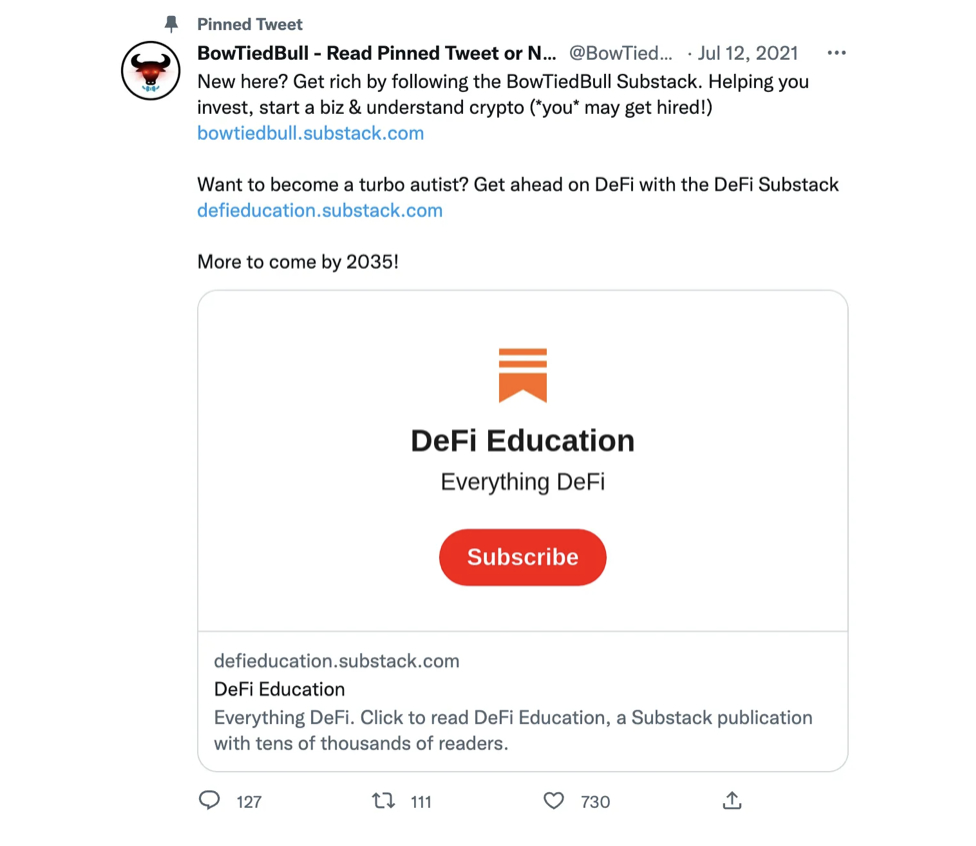
Or go all out on Twitter and change your name to your Substack and link to it in your bio, as Taylor Lorenz has done.
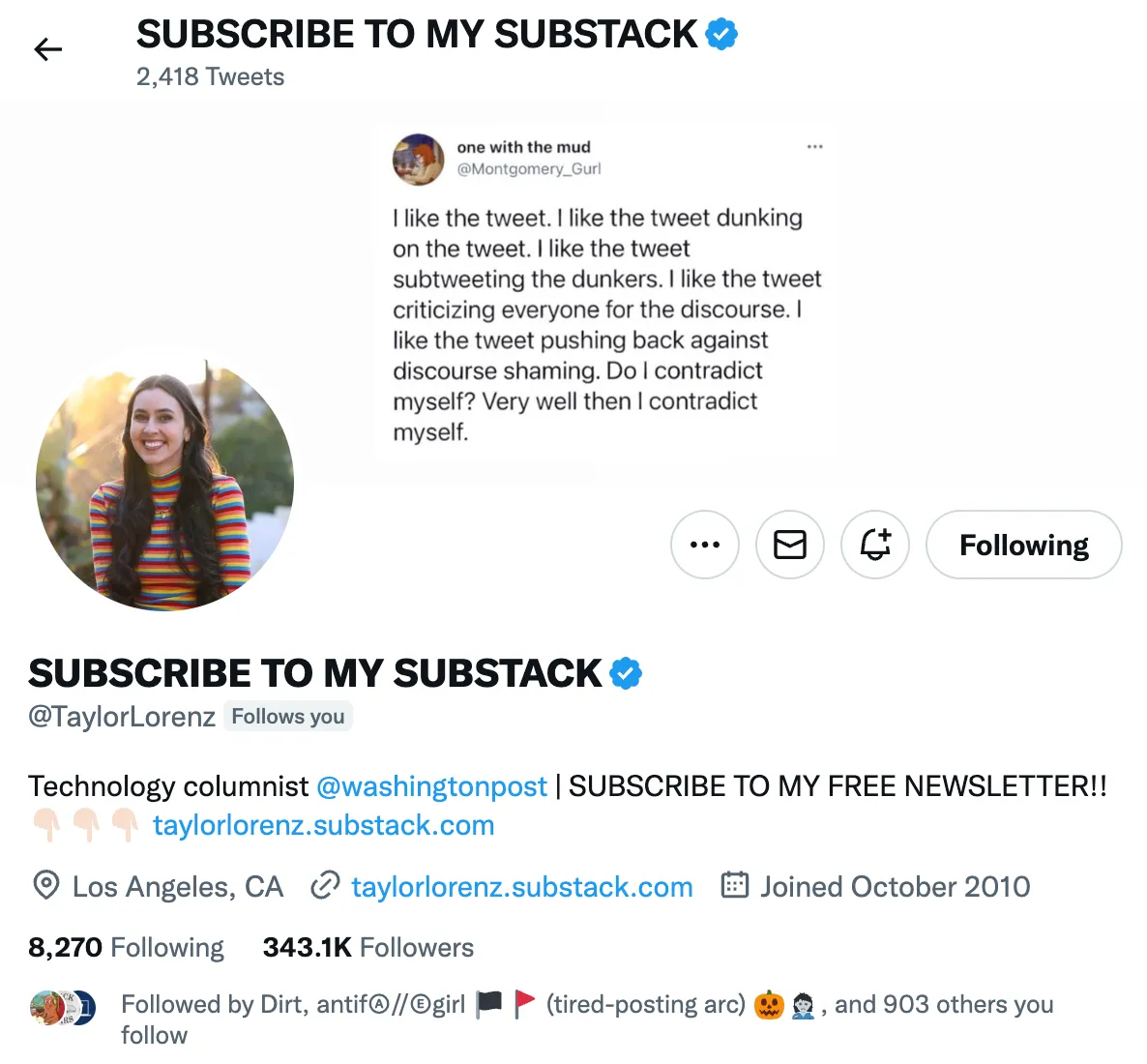
5. Creating your publication
Be exact and concise when summarising your publication.
One-liner description
Your one-liner description is your initial impression for potential subscribers to see on your welcome page. You want it to answer the questions: who wants to read your publication? And Why do they want to read it? And most importantly, What makes your publication special?

6. About page
Again, brevity is your friend. On your About page is where you can deliver the details about your publication. Break down your information into the following sub-headings and write a one or two-sentence intro to each and bullet point the rest:
What is X?
X is a community for people who want to live off-grid:
- Have space to build relationships with likeminded folk
- Show there are sustainable alternatives to urban life
- Are seeking knowledge on all things related to living off the grid
Why subscribe?
By subscribing to X, you will be notified of all our media straight to your inbox.
For paid subscribing members, you get access to:
- Paywalled articles
- Podcasts
- Videos
Who’s involved?
Joe Bloggs and Jane Doe, the most talked about couple in the universe.
Extras Testimonials in praise of your content help promote your publication to others, so include these.
You may want to add your mission statement if you have one, and whatever subheadings you think are salient —but keep it straight to the point and no rambling.
7. Naming your publication title and URL
Keep it simple. You want a memorable, easy-to-spell subdomain that matches your URL. There’s an art to deriving catchy names. And there are internet sites designed to measure a name’s impression and engagement scores that may be worth visiting to make sure you have the right title for your publication.
8. Your logo
The parameters for your logo size (256×256) are relatively small, so you want to keep your logo simple and sparsely detailed. Depending on whether your publication is centered around you or independent, you may want to opt for an image of yourself in the former and a branded logo for the latter.
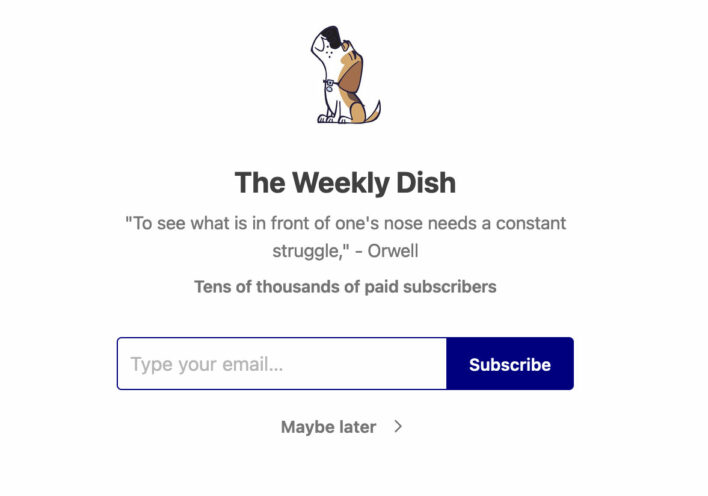
9. Cover Photo
You don’t have to include a cover photo (minimum 600x600px), but you’d be missing out on an opportunity to push your brand and entice would-be subscribers. It introduces your publication and is placed on your welcome page. Make sure it’s relevant and recognizable. Top companies like Apple, Amazon and Tesla have a clean and simple visual presence across their brand. And it works. Apply this to your cover photo and logo.
10. Call to action
Make sure you encourage your readers to subscribe to your newsletter, comment, and share. Pepper these CTAs throughout your headers and footers. You want to make subscribing as frictionless and easy as possible, so have at least two subscriber buttons per post.
11. Networking
Guest posting on other people’s Substack is a great way to get your name out there and build partnerships with fellow creators. You can reach out to bigger publications in your niche and ask to interview them for your publication. And once partnerships are formed, you can help promote each other’s newsletter.
12. Deferred gratification
Readers need a reason to part with their money and pay a subscription fee. This means a large percentage of your content needs to remain free to entice the reader and show you are of benefit to them and add value. For example, this could mean posting twice a week: Monday’s post is free and Friday’s (the juicy stuff) behind your paywall.
13. Comment
I’ve had people reply to my comments on blogging platforms and then follow/subscribe to me. The same behavior applies to Substack. But the trick is to make the comments insightful and add value to the conversation – rather than generic flattery, like “great post” or, “I agree.”Craft your comments with the skill with which you write your newsletters.
14. Consistency is key
You’ve heard it a million times before — turn up regularly and do the work. People like patterns and fall into schedules, so if you say you are going to post every Friday and Monday — keep to it. It’s no coincidence the big hitters are all consistent.
15. Quality
Some people fall into the trap of churning out content and flooding their feed with sub-par work thinking more is best.
What’s the difference between a publication that produces one bad newsletter and another that produces twelve bad newsletters? The second one produces twelve times as much rubbish as the first. Edit thoroughly and produce interesting, valuable work. Unless you have someone to outsource to, editing is all down to you. To weed out simple grammar and spelling errors, try using Scribens (free version).
I’m sure there are other tips we have missed, so let us know in the comments if there is anything we have overlooked and what works for you, or if you have some suggestions for growing your Substack.
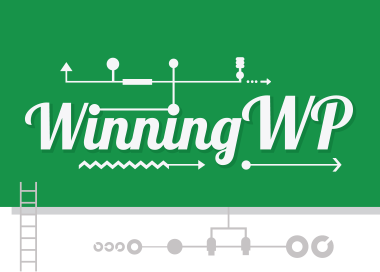
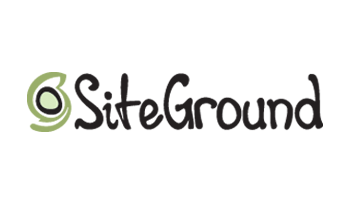
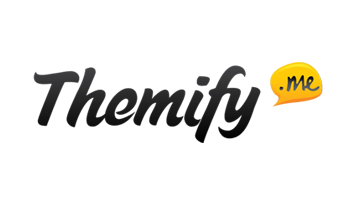
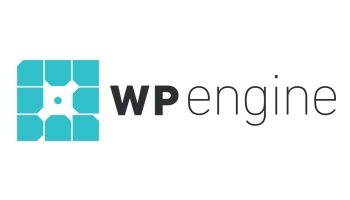
All comments are held for moderation. We'll only publish comments that are on topic and adhere to our Commenting Policy.